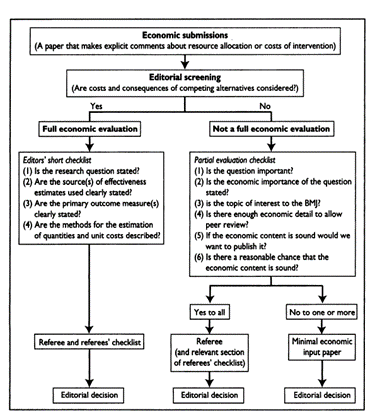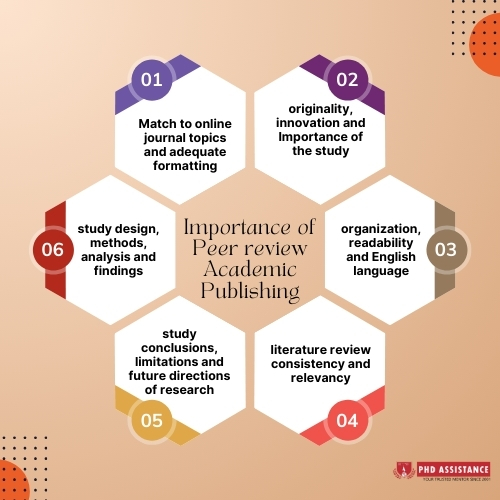Importance of peer reviewing in academic publishing
Introduction:
Starting a PhD journey is a profound way to intellectual growth and contribution. Pursuing a PhD will reveal the complexity of a chosen field. It is a transformative process that will shape your identity as a scholar, researcher, and critical thinker. From the initial stage of formulating research questions to the dissertation writing, each phase will have an opportunity, growth, learning, and cultivation of a deep passion for your chosen field of study. This blog will underscore the realm of publishing journals and importance of peer reviewing where each critiques refines, validate, and filters scholarly work.
Selecting journal:
During the first stage of the PhD research, scholars will commence with their initial phase by conducting research. Picking up the right journal is very important in an academic field which lays foundation for the scholastic work. The journal selection will not only determine your audience but also sets a stage for the upcoming subsequent phases. Once the right journal is chosen, scholars proceed to implement their research with adherence to research guidelines and start the manuscript writing. This approach will ensure a seamless progression in the early stages of the research to the publication phase (Amy M. Suiter, 2019).
Navigate your PhD journey seamlessly with PhD journal assistance. Meet experts and get personalized support!
Manuscript writing with guidelines:
After selecting a journal, scholars will start writing the manuscript adhering to the guidelines. Following the guidelines and formatting rules in the chosen journal is important. A well written manuscript will showcase the research proposal and eases the editorial and peer review process. Each phase in writing manuscript will present a clear representation of your research and meets the standards sets by the scholarly community. Once the manuscript is done then proceed with quality checking in the academic guidelines (Robby Nieuwlaat, 2021).
Want to craft manuscript with adherence to academic guidelines for the impactful research and scholarly excellence.
Editorial evaluation and submission:
After completing the manuscript, evaluation is done by the editors. Editorial evaluation will follow some ethical standards, right formatting, and checks overall structure with the academic guidelines. If manuscript have passed this first check, then it can move into to the core of academic publishing peer review. Peer review is done by the experts and examine your field of work closely by making sure that your writing has met the higher standards of the academic community. It is an essential process before publishing your journal (Laura J. Falkenberg, 2018).

Figure 1: Manuscript management flow diagram and checklists for editors
Peer review:
Peer review is done to check for academic work which makes sure that your journal is examined before getting published. This is done to ensure the quality of academic literature. Peer reviews will check the credibility and trust ability of the research which makes reliable for readers. The team of experts will ensure everything before sharing with the world. Peer review acts as a gatekeeper to make sure your work is the most trustworthy. Research findings make their way into the academic community, maintaining the high standards of scholarly work.

Quality assurance:
Peer review serves as a robust quality control mechanism to ensure high-quality research gets published. This process will enhance the credibility and reliability of the academic journal.
- Validation of methods: This validation is essential for establishing the integrity of the research with the academic community.
- Identification of errors: Peer reviewers will help to identify errors, inconsistencies, or logical flow that may have been overloaded during the manuscript preparation. This collaborative effort contributes the refinement in the research.
- Continuous improvement: It will foster a culture of continuous improvement. Authors receive constructive feedback which leading to revisions and enhancement which ultimately elevate the quality of the manuscript.
- Filtering unsubstantiated claims: Peer reviews acts as the gatekeeper to prevent the publication of unsubstantiated or poorly supported claims. This ensures that published research contributes meaningfully to the body of knowledge.
Peer review warrants that published research contributes meaningfully to the body of knowledge. After successful peer review, scholars will confidently publish their academic journals globally and knowing that they’ve met the higher standards of the scholarly work (academic, 2018)
Elevate your research excellence through peer review service for the impactful contributions to academia.
Conclusion
The path of writing manuscript to peer review in academic publishing will reflects scholars’ dedication to maintain research standards. The peer review process will focus on the quality assurance, method validation, error identification, and continuous improvement. Peer review serves as the key to the lasting credibility of academic endeavours. Through this collaboration, researchers and reviewers will not only advance knowledge but also refine scholarly practices. This journey ensures that published work consistently meets the rigorous standards set forth in various academic disciplines and contributes overall success.
References
- acedemic(2018). The state of the art in peer review . Jonathan P Tennant.
- Amy M. Suiter, M. a. (2019). Selecting a journal for publication: criteria to consider. Nih.
- Laura J. Falkenberg, P. A. (2018). Reviewing Reviews: An Evaluation of Peer Reviews of Journal Article Submissions. Aslopubs.
- Robby Nieuwlaat, 1. W.-C. (2021). How to write a guideline: a proposal for a manuscript template that. Sciencedirect, 6.



